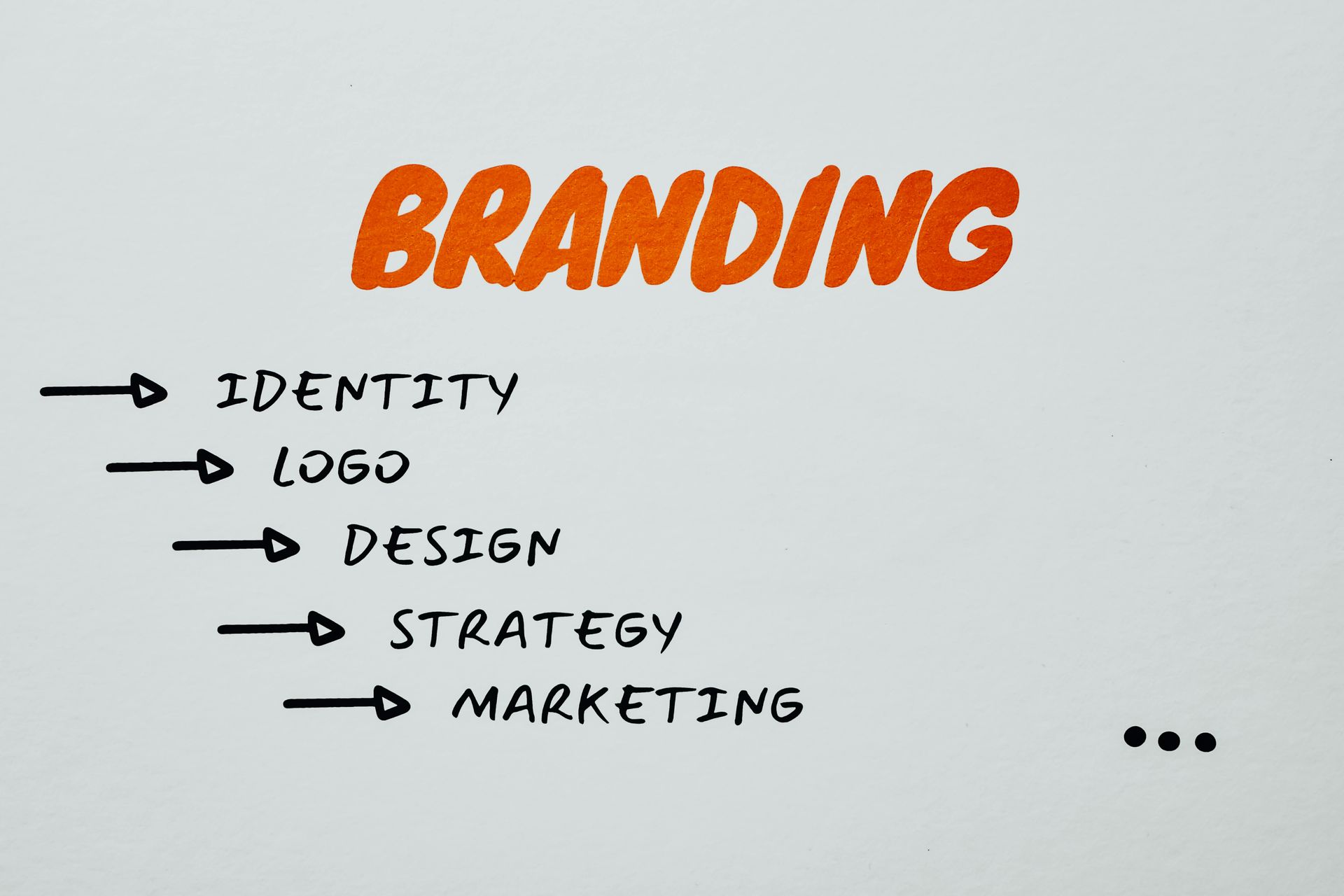How to Create a Brand Name

Starting a business is only the beginning for entrepreneurs hoping to claim a stake in their corner of the industry. Building a brand is how that building remains sustainable, and that begins with the name they choose for their business. It’s not enough to create something that catches attention; the naming process should be better-researched and more nuanced because of the complex nature of language.
One of the most significant benefits of a strong brand name is that it will outlast any products or services you offer – a reminder not to build a brand around one good idea or best-selling device. In addition, choosing the wrong name could entirely negate any marketing and branding efforts going forward.
Choosing the Right Brand Name
There are countless guides out there with advice: Do you keep it short and snappy or clear and to the point? Should you choose a brand name with an available website domain? Is it true that every great brand out there has the same letter in it? Unfortunately, there’s no strict guideline to follow, but if you keep these three areas of the process in mind – the technical, the creative, and the strategic – you’ll build a brand name that lasts.
Technicalities: First, think about the legal aspects of developing a brand name. You (or your business attorney) must do the research to ensure that the names you’re thinking of are available for your business to use. Beyond that, you want your brand name to avoid any detrimental associations or alternate meaning and is easy to say and spell.
Creativity: Because most brand names end up logos, brand names should also look as good as they sound. Get creative enough to make a memorable brand name that could invoke an emotional response or has elements of rhyming or alliteration. Even brevity is a great way to make a lasting impact on potential and current customers.
Strategy: Indeed, brand names don’t have to include relevant keywords or industry phrases, but those brand names are strategic – built around a comprehensive branding approach that offers context. Strategic brand names also stand out from the competition and remain appropriate throughout all stages of a company’s growth.

What Happens Next?
With that in mind, it’s worth noting that it should take some time, some thought, and even some sleepless nights to get the brand name right. Start by taking the process seriously and creating documentation with plenty of notes and ideas. Work with industry peers, employees, and even your friends and family to narrow down a choice, and do a complete trademark check before settling in.
Once that’s done, the hard work begins: building a brand around that name and leveraging marketing to help it grow and thrive. Our approach is different. Because we “Do It For You” with comprehensive marketing services for a set monthly fee. All of our programs include fundamentals like building or redesigning a new website. Most importantly, we also nurture and maintain your site for you with ongoing new content, technical updates, security, and SEO best practices to continuously improve your search results.

Where Can Customers See My Brand?
We also link your site to the rest of the top online platforms like Facebook, Twitter, and LinkedIn (plus others like Pinterest and Instagram if relevant for your business). We also nurture those accounts with a steady stream of original content.
Whether you just want to look professional to prospective customers or employees who are “kicking your tires” or if you also want to gain a steady stream of new leads and phone calls generated from Google searches that lead to your website, we can help. Contact us today to get started!
The post How to Create a Brand Name appeared first on Cole Dalton.









